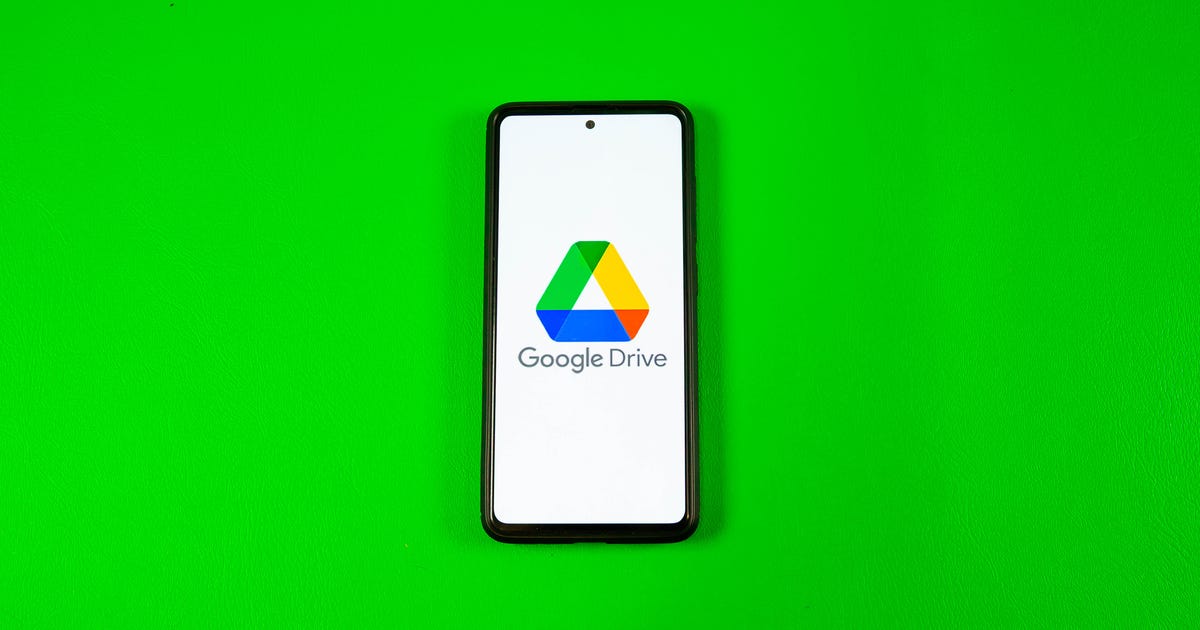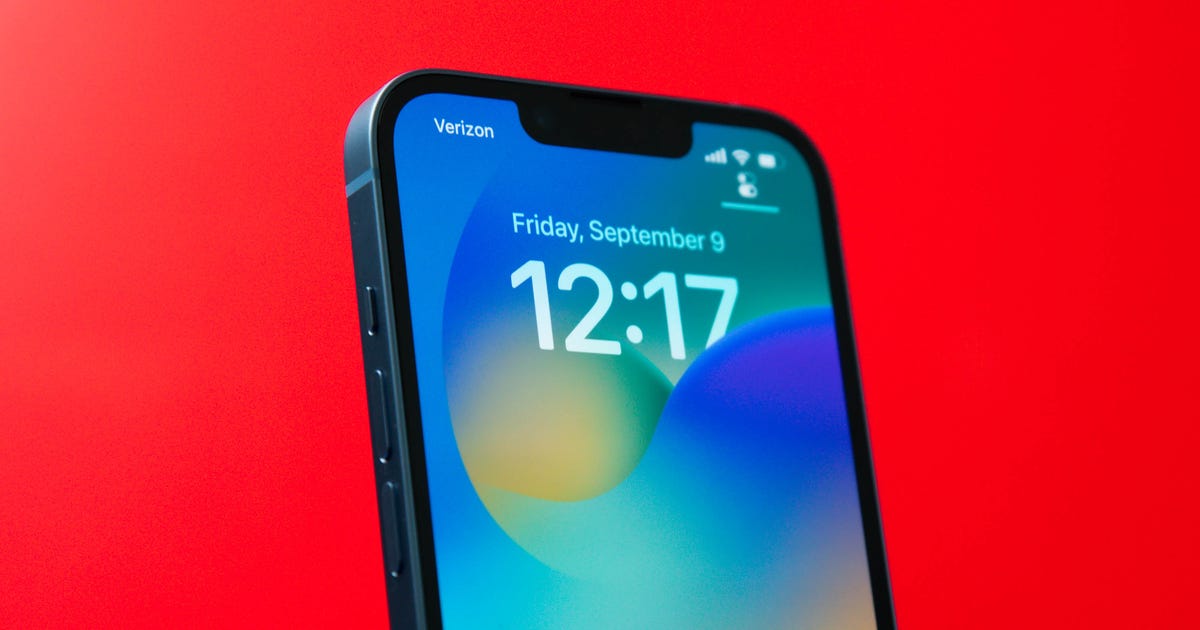
Adobe
Google’s Chrome browser is getting an update that promises better battery life — by limiting Adobe Flash.
In the latest beta of Google’s Chrome browser, the tech titan has turned on a feature that automatically identifies Flash running on a Web page and pauses anything deemed unnecessary — such as ads that use Flash. If Chrome users want the Flash content to play, they’ll be able to turn it back on from within the browser.
“When you’re on a Web page that runs Flash, we’ll intelligently pause content (like Flash animations) that aren’t central to the Web page, while keeping central content (like a video) playing without interruption,” Tommy Li, a Google software engineer, wrote in a blog post on Thursday.
Adobe Flash has long been one of the more popular multimedia and software platforms for the Web, allowing developers to present animations, video and other “rich” content on Web pages. However, for the last several years, Flash has come under fire from some technology industry giants for being a drain on security and battery life.
Related stories
- Google yanks tool for advanced online photo editing
- Google streamlines privacy controls, analyzes your security settings
- Upstart Russian browser strips down to take on Google
While at the helm at Apple, co-founder Steve Jobs wrote a manifesto against Flash to bolster his decision to remove Flash support from the company’s iOS mobile operating system. The move prompted websites to scramble to support alternative standards, like HTML5, and diminished the impact Flash had on the Web.
Google’s move on Thursday is a further indictment of Adobe’s Flash platform. Google’s Li argues that Flash “can put a squeeze on your laptop’s battery.”
“This update significantly reduces power consumption, allowing you to surf the Web longer before having to hunt for a power outlet,” Li wrote, without saying how much of an improvement in battery life users can expect.
The move can’t make Adobe happy, especially considering Google’s Chrome browser owns 26 percent of the worldwide browser market as of May, according to NetMarketShare. For now, the feature is available in the Chrome beta and not built into all versions. Google will presumably roll it out to full versions in the future. Li also promised to offer more power improvements in Chrome “in the coming months.”
Neither Google nor Adobe immediately responded to a request for comment.




